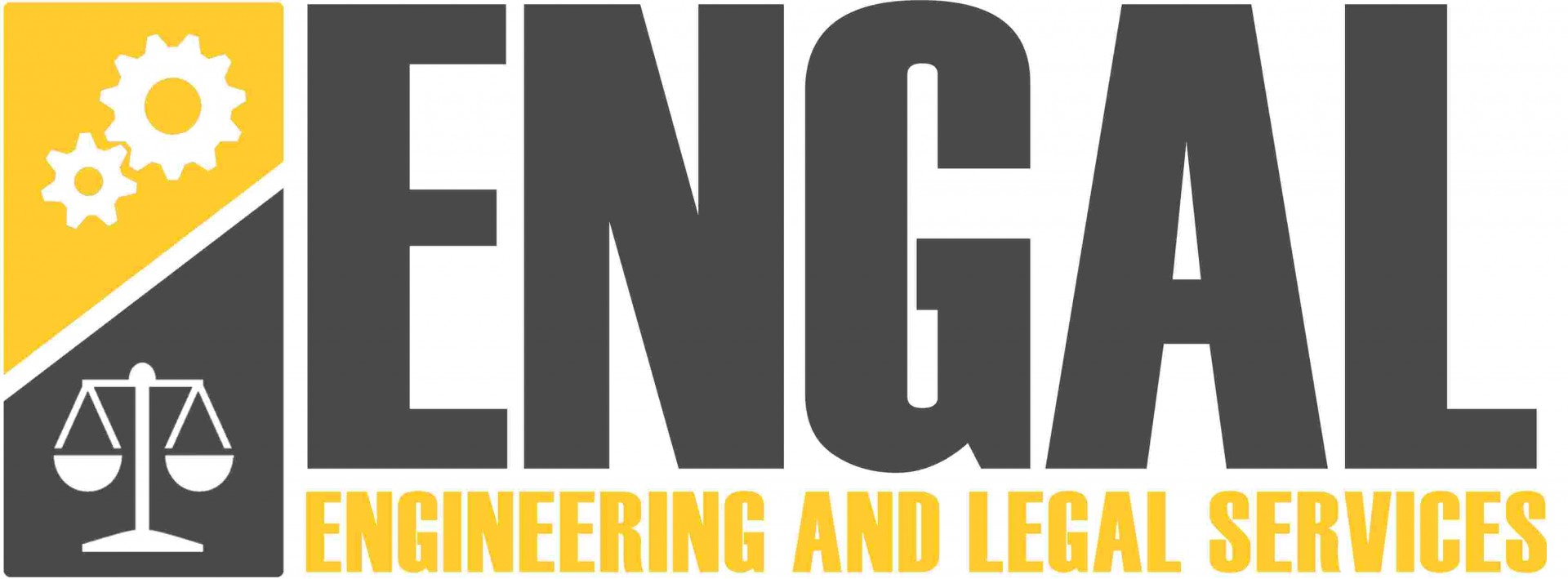Machinery Directive and CE Mark
DEEPENING
The manufacturer must ensure that a risk assessment is carried out according to the iterative process. The machinery must be designed and constructed taking into account the results of the risk assessment, which is a fundamental activity. Risk assessment is an iterative process: each risk reduction measure envisaged to deal with a particular hazard must be evaluated to see if it is adequate and does not generate new hazards. If this is not the case, the process must be carried out again. This implies that the risk assessment process must be carried out in parallel with the design process of the machinery, as foreseen in the Annex I of Machinery Directive.
The risk assessment process is mainly governed by the following standards (and by any type C harmonized standards):
The residual risks that cannot be adequately reduced by inherently safe design measures or by technical protective measures, information must be given in the form of warnings, signs and information on the machinery.
Visit the ENGAL Services NewsRoom where you will find news regarding the Certification procedures, the Regulatory Updates, the news on the Interpretative Trends of the technical requirements and the Problems encountered in the matter of Conformity and Certification.
One of the main legislations governing the harmonisation of essential health and safety requirements for machinery at european level is the Machinery Directive 2006/42/EC. Before placing machinery on the EU market and/or putting it into service, the manufacturer or his authorised representative shall:
- Ensure that it satisfies the relevant essential health and safety requirements
- Ensure that the technical file is available
- Provide, in particular, the necessary information, such as instructions
- Carry out the appropriate procedures for assessing conformity in accordance with Article 12
- Draw up the CE Declaration of conformity
- Affix the CE marking
The manufacturer must ensure that a risk assessment is carried out according to the iterative process. The machinery must be designed and constructed taking into account the results of the risk assessment, which is a fundamental activity. Risk assessment is an iterative process: each risk reduction measure envisaged to deal with a particular hazard must be evaluated to see if it is adequate and does not generate new hazards. If this is not the case, the process must be carried out again. This implies that the risk assessment process must be carried out in parallel with the design process of the machinery, as foreseen in the Annex I of Machinery Directive.
The risk assessment process is mainly governed by the following standards (and by any type C harmonized standards):
- Machinery Directive 2006/42/CE
- EN ISO 12100:2010 Safety of machinery - General principles for design - Risk assessment and risk reduction
- ISO/TR 14121-2: 2012 Safety of machinery — Risk assessment — Part 2: Practical guidance and examples of methods
The residual risks that cannot be adequately reduced by inherently safe design measures or by technical protective measures, information must be given in the form of warnings, signs and information on the machinery.
Visit the ENGAL Services NewsRoom where you will find news regarding the Certification procedures, the Regulatory Updates, the news on the Interpretative Trends of the technical requirements and the Problems encountered in the matter of Conformity and Certification.
Please complete the form to send us a message
Fields marked with an asterisk (*) are mandatory.
